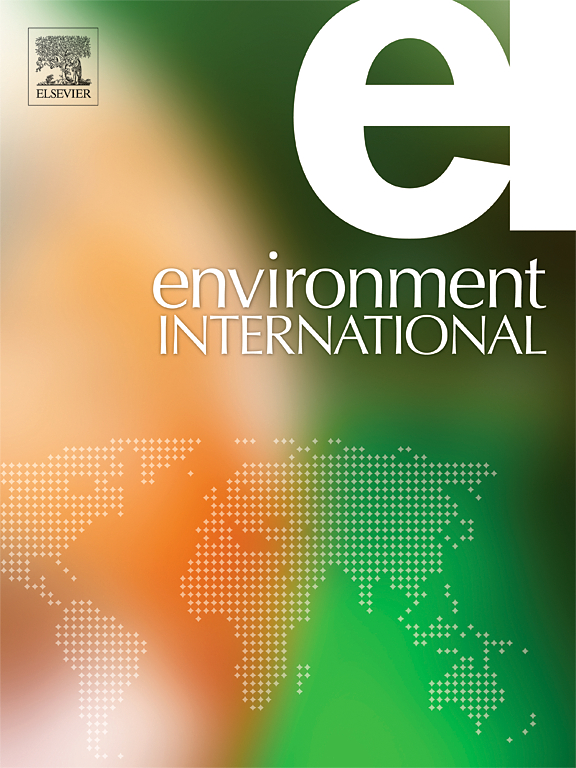Development of a multi-module data-driven integrated framework for identifying drivers of atmospheric particulate nitrate and reduction emissions: An application in an industrial city, China
IF 10.3
1区 环境科学与生态学
Q1 ENVIRONMENTAL SCIENCES
引用次数: 0
Abstract
Atmospheric particulate nitrate (pNO3-), a crucial component of fine particulate matter, significantly contributes to haze pollution. The formation of pNO3- is driven by multiple factors including meteorology, emissions, and atmospheric chemistry. Understanding the key drivers of pNO3- formation and developing an accurate and physically meaningful method for the timely assessment of the direct causes of pNO3- pollution are essential. In this study, we propose a multi-module data-driven integrated framework that incorporates and improves four distinct machine learning modules. This framework enhances the physical interpretability of the statistical outcomes of the driving factors of pNO3-, quantifies the impacts of multiple factors on pNO3-, and reveals emission reduction trends. Our findings show that meteorology and emissions affect pNO3- by 35.3 % and 64.7 %, respectively, while atmospheric chemistry (48.0 %) and humidity (17.1 %) are the key drivers of its formation. Photochemistry promotes the formation of pNO3- in summer, whereas liquid-phase reactions dominate in winter at higher humidity levels (>60 %). The industry source (IS) (14.3 %), combustion source (CS) (12.8 %), and transportation source (TS) (11.8 %) are the main emission sources. The formation of pNO3- by the primary emissions and the transformation of NOx emitted from CS and TS is more sensitive to the changes of meteorological conditions, and controlling CS has the greater benefits to reduce pNO3-. The proposed framework could provide a reliable method for identifying drivers of pNO3- pollution at different haze events, supporting the formulation of control measures.


求助全文
约1分钟内获得全文
求助全文
来源期刊

Environment International
环境科学-环境科学
CiteScore
21.90
自引率
3.40%
发文量
734
审稿时长
2.8 months
期刊介绍:
Environmental Health publishes manuscripts focusing on critical aspects of environmental and occupational medicine, including studies in toxicology and epidemiology, to illuminate the human health implications of exposure to environmental hazards. The journal adopts an open-access model and practices open peer review.
It caters to scientists and practitioners across all environmental science domains, directly or indirectly impacting human health and well-being. With a commitment to enhancing the prevention of environmentally-related health risks, Environmental Health serves as a public health journal for the community and scientists engaged in matters of public health significance concerning the environment.
 求助内容:
求助内容: 应助结果提醒方式:
应助结果提醒方式:


